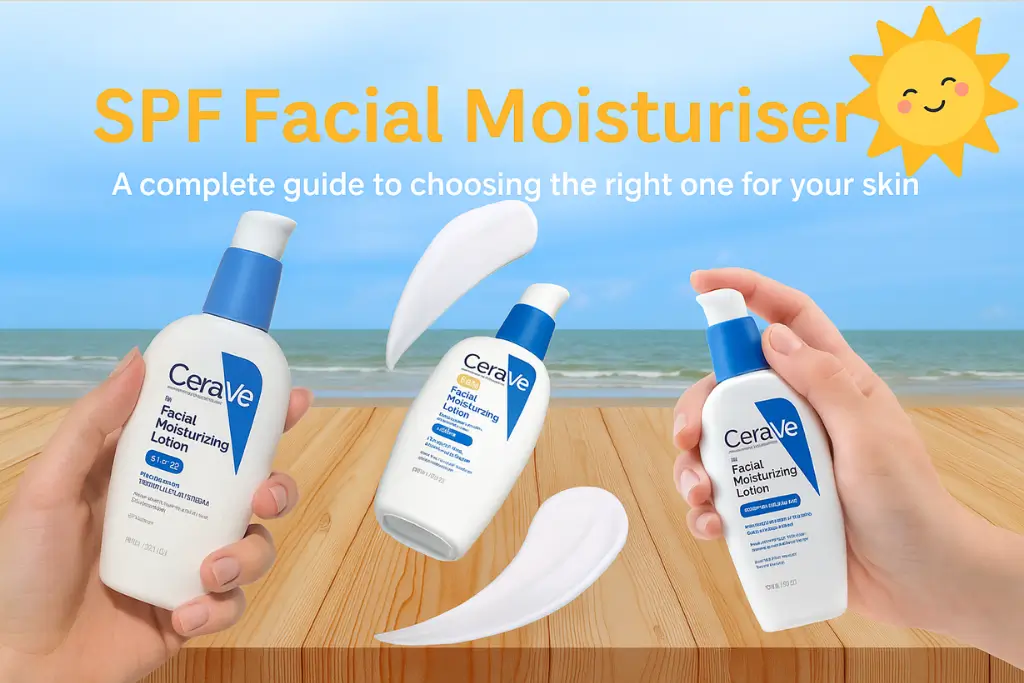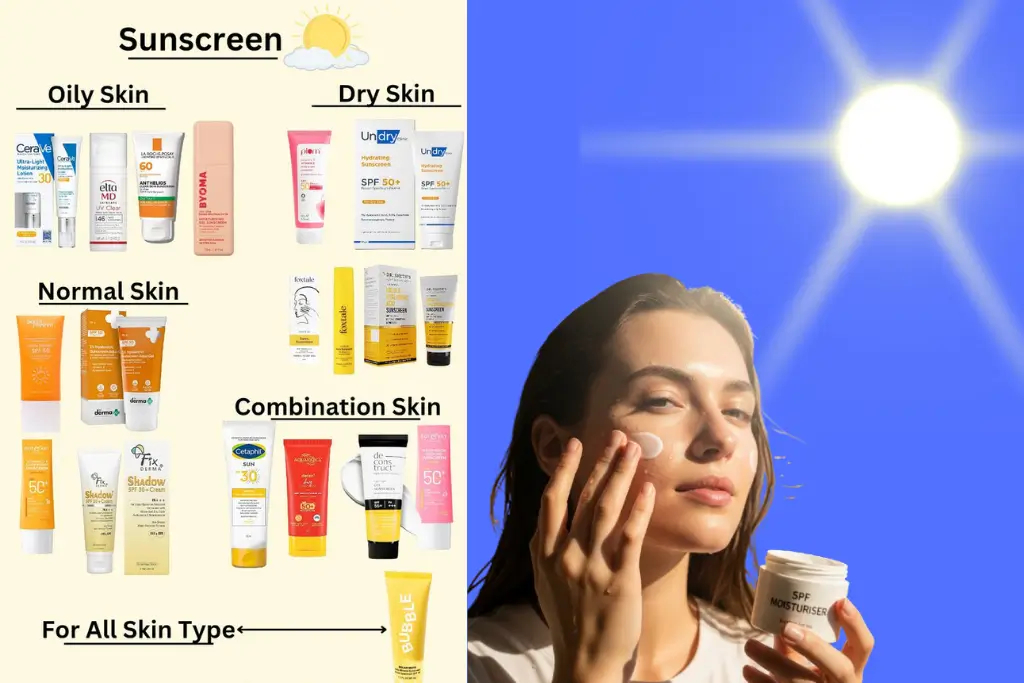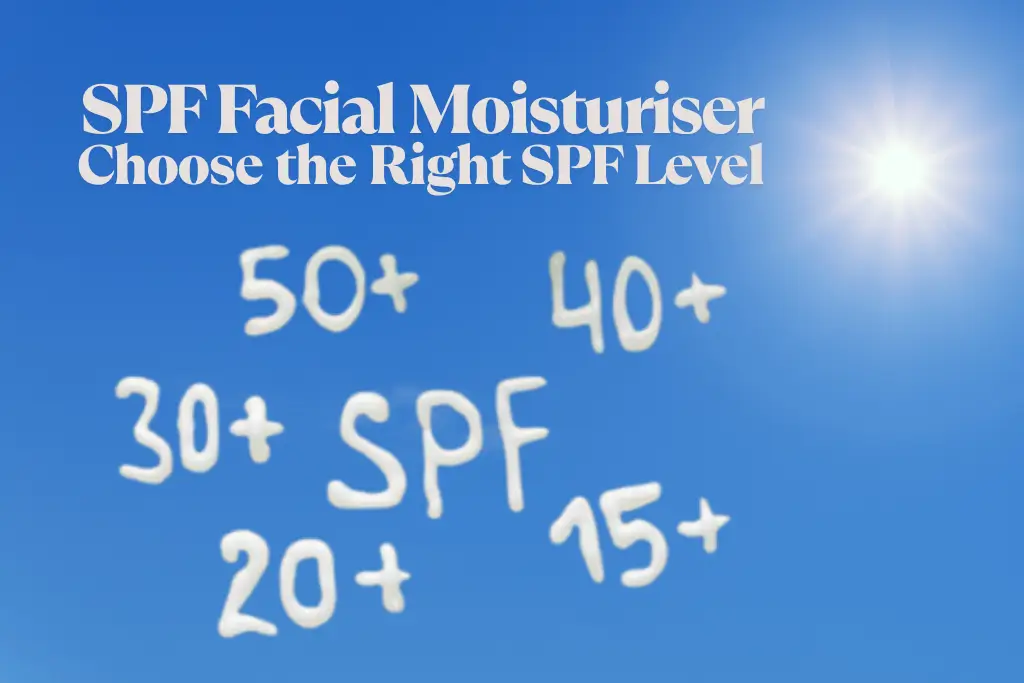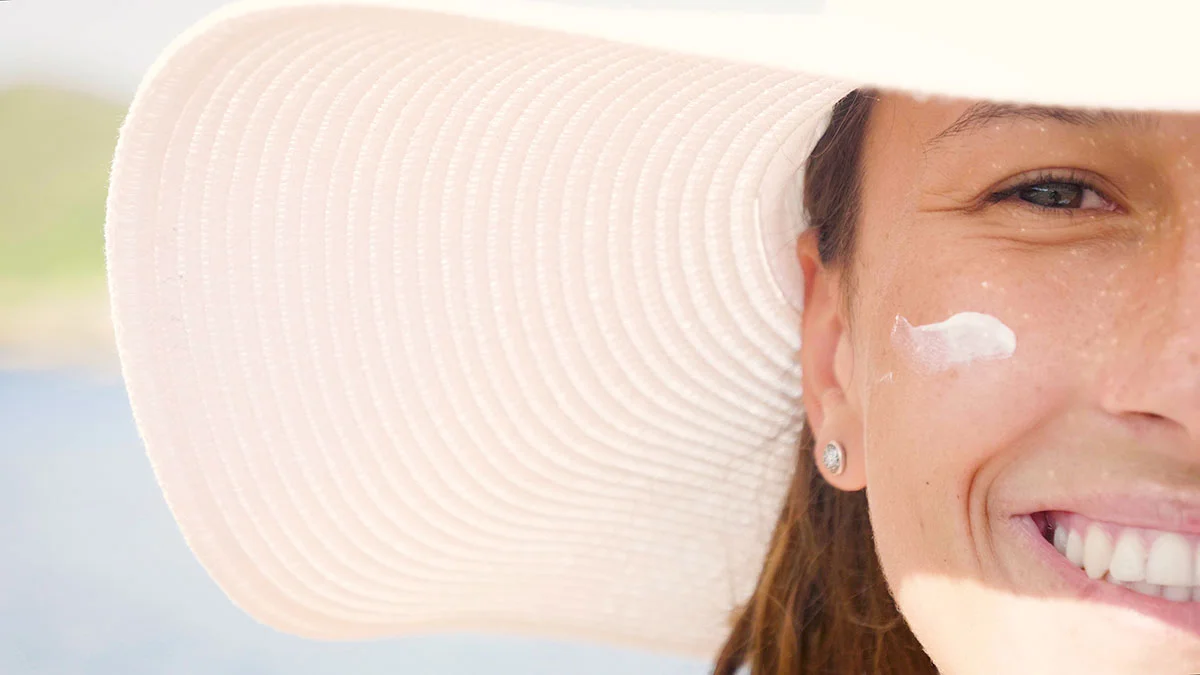Introduction:
Finding the right SPF facial moisturiser can be a game-changer for your skincare routine. Whether you’re heading out into the sun or just spending the day indoors near windows, protecting your skin with the right moisturiser is essential. But with so many options on the shelves, how do you know which one is right for you?

In this detailed guide, we’ll help you understand everything you need to know about choosing the best SPF facial moisturiser for your skin type, daily needs, and lifestyle. From reading labels to identifying ingredients, this article will walk you through it all.
Why You Need an SPF Facial Moisturiser
Before diving into how to choose one, it’s important to understand why an SPF facial moisturiser belongs in your routine. Sun exposure is one of the leading causes of premature aging, hyperpigmentation, and skin cancer. While sunscreen is crucial, many people skip this step. That’s where an SPF facial moisturiser becomes a smart multitasker—it hydrates your skin while also protecting it from harmful UV rays.
1. Understand Your Skin Type
To pick the best SPF facial moisturiser, begin by identifying your skin type. Here’s a quick guide:

- Oily Skin: Look for oil-free, lightweight, gel-based formulas that don’t clog pores.
- Dry Skin: Choose a rich, creamy SPF facial moisturiser that contains hydrating ingredients like hyaluronic acid, glycerin, or ceramides.
- Combination Skin: Opt for a balanced formulation—something lightweight but hydrating enough to tackle dry areas.
- Sensitive Skin: Go for fragrance-free, mineral-based SPF facial moisturisers with zinc oxide or titanium dioxide.
- Acne-Prone Skin: Pick a non-comedogenic formula with a matte finish to help prevent breakouts.
Your skin type determines how the product feels on your skin and whether it provides the right amount of moisture and sun protection.
2. Choose the Right SPF Level
The “SPF” in SPF facial moisturiser stands for Sun Protection Factor. It measures how well the product protects your skin from UVB rays—the rays responsible for sunburn.

Here’s a quick breakdown:
- SPF 15: Blocks around 93% of UVB rays.
- SPF 30: Blocks up to 97%.
- SPF 50: Offers about 98% protection.
For daily use, especially if you’re mostly indoors or have minimal sun exposure, SPF 15 or SPF 30 is usually enough. If you’re going to be outside for extended periods, opt for a higher SPF facial moisturiser or layer it with a separate sunscreen.
3. Look for Broad-Spectrum Protection
The best SPF facial moisturiser will offer broad-spectrum protection, meaning it guards against both UVA and UVB rays. UVA rays contribute to skin aging and can penetrate through glass, while UVB rays cause sunburn. Broad-spectrum coverage is vital for complete skin health and protection.
4. Consider the Texture and Finish
Nobody wants a greasy or chalky finish on their face. When selecting an SPF facial moisturiser, consider how it sits on your skin:
- Matte Finish: Ideal for oily or acne-prone skin.
- Dewy Finish: Great for dry skin that needs a radiant boost.
- Tinted Options: These provide light coverage and can double as a foundation substitute.
Trying samples or testers can help you find a texture that feels right on your skin without feeling heavy or sticky.
5. Check the Ingredients
Ingredients matter, especially when choosing a product you’ll use daily. Here are some ingredients to seek—and avoid—in your SPF facial moisturiser:
Look for:
- Zinc oxide or titanium dioxide: Great for sensitive skin and offer physical sun protection.
- Niacinamide: Helps with redness and brightens the skin.
- Antioxidants: Like Vitamin C and E, to fight environmental damage.
- Hyaluronic acid: Deep hydration without greasiness.
Avoid:
- Fragrance: Especially if you have sensitive skin.
- Alcohol denat: Can be drying and irritating.
- Oxybenzone: Controversial ingredient linked to skin irritation and hormonal disruption.
Reading labels ensures your SPF facial moisturiser aligns with your skin’s needs and long-term goals.
6. Think About Your Daily Routine
Are you applying makeup over your SPF facial moisturiser? Then you’ll want something that works well under foundation. Do you reapply throughout the day? Then you might prefer a lightweight formula that doesn’t build up.
Some moisturisers with SPF are formulated to act as a makeup primer or base, which is perfect for morning routines. Others are better suited for bare-skin days or minimal makeup looks.
7. Reapplication Matters
Even the best SPF facial moisturiser needs to be reapplied if you’re exposed to the sun for long periods. If reapplying cream throughout the day isn’t your style, consider using an SPF facial mist or a powder with SPF on top of your moisturiser for quick touch-ups.
8. Don’t Forget Your Skin Tone
Some SPF facial moisturisers, especially mineral-based ones, can leave a white cast—noticeable especially on medium to deep skin tones. Many modern brands now offer tinted SPF facial moisturisers that blend beautifully into the skin and eliminate the white cast issue.
If you’ve struggled with that in the past, opt for brands that cater to a wide range of tones and offer sheer or tinted formulas.
9. Think About Climate and Season
The climate you live in also plays a role. If you live in a humid or tropical area, go for lightweight, non-greasy formulations. In colder climates, your skin may need a thicker SPF facial moisturiser that also fights dryness and flakiness.
Seasonal changes can also affect what your skin needs. You might switch from a gel moisturiser in summer to a creamier one in winter.
10. Try Before You Commit
If you’re new to a particular brand or formula, try a travel-sized version of the SPF facial moisturiser first. Testing how it feels, how your skin reacts, and how it fits into your routine can save you time and money.
Final Thoughts
Choosing the best SPF facial moisturiser isn’t just about sun protection—it’s about giving your skin the daily care it deserves. By understanding your skin type, lifestyle, and the ingredients that work best for you, you can find a product that keeps your skin hydrated, youthful, and protected all year round.
Remember, the key to healthy skin is consistency. Make applying your SPF facial moisturiser a non-negotiable part of your morning routine, and your skin will thank you in the long run.
Bonus Tip: Top UK Brands to Try
If you’re shopping in the UK, here are a few well-loved SPF facial moisturiser options to consider:
- La Roche-Posay Anthelios SPF 30 Hydrating Cream
- CeraVe Facial Moisturising Lotion SPF 25
- Simple Protecting Light Moisturiser SPF 30
- Eucerin Sun Cream SPF 50+
- REN Clean Skincare Clean Screen Mineral SPF 30
Each of these caters to different skin types and offers reliable protection with gentle formulas.





